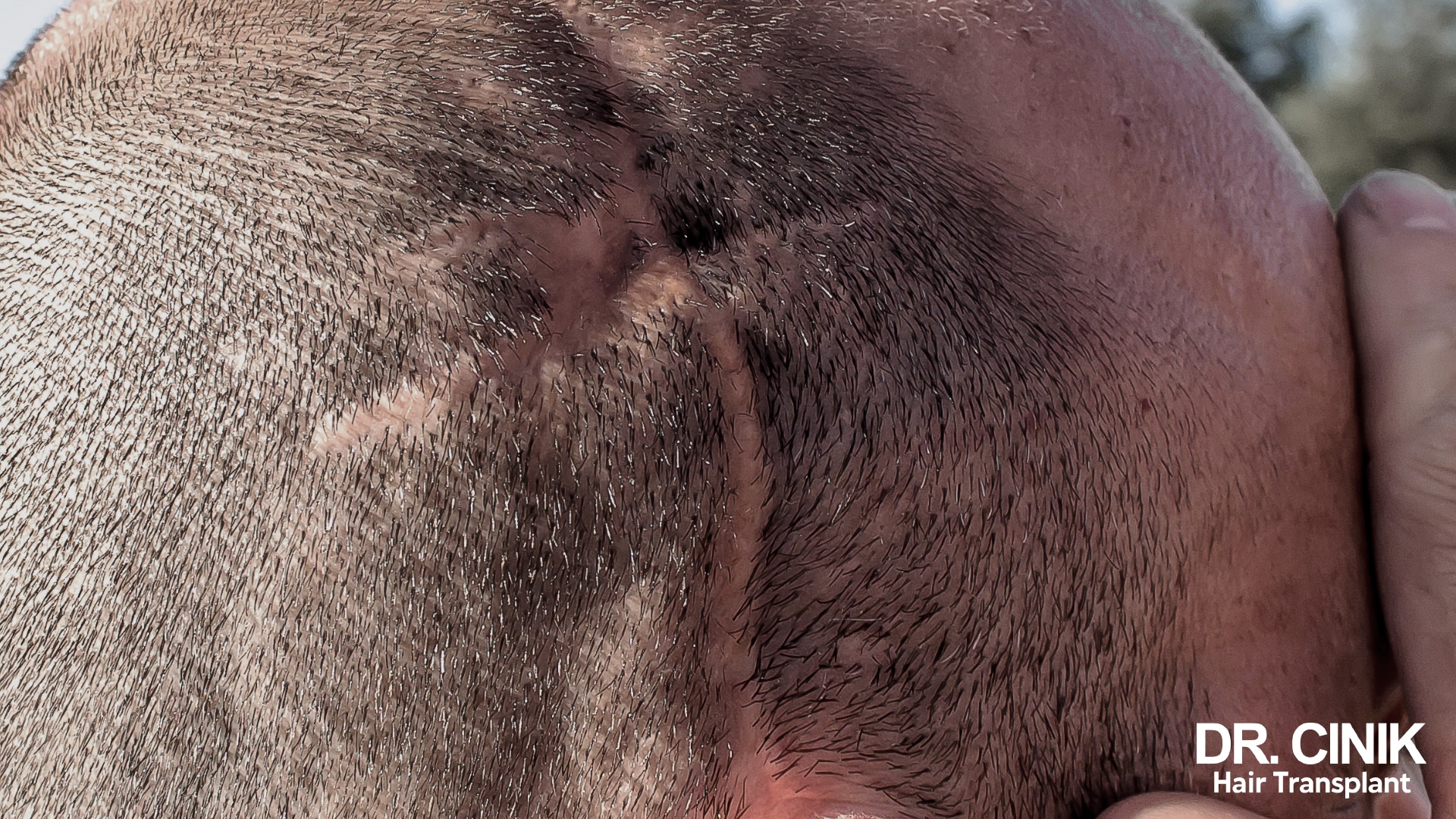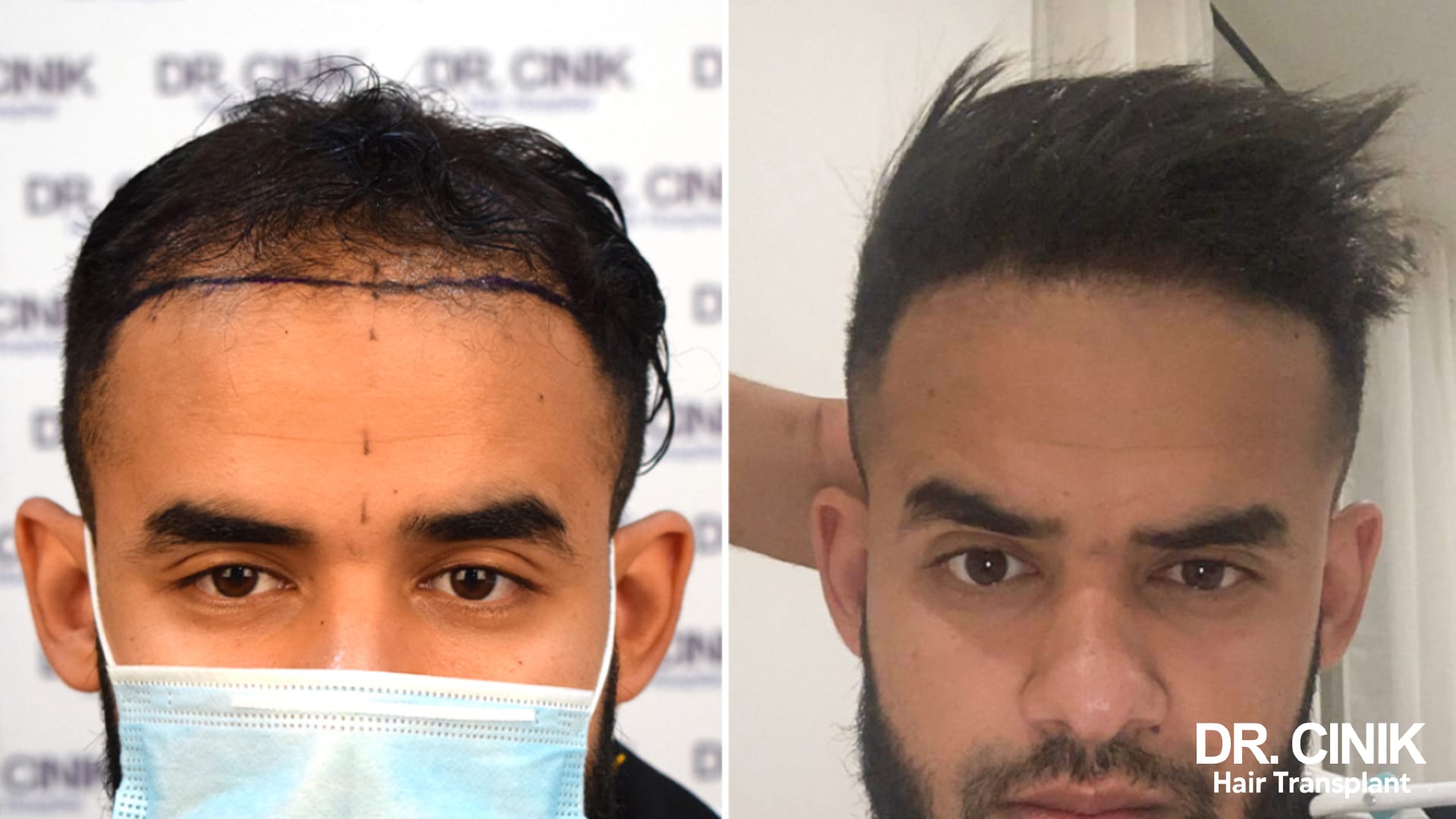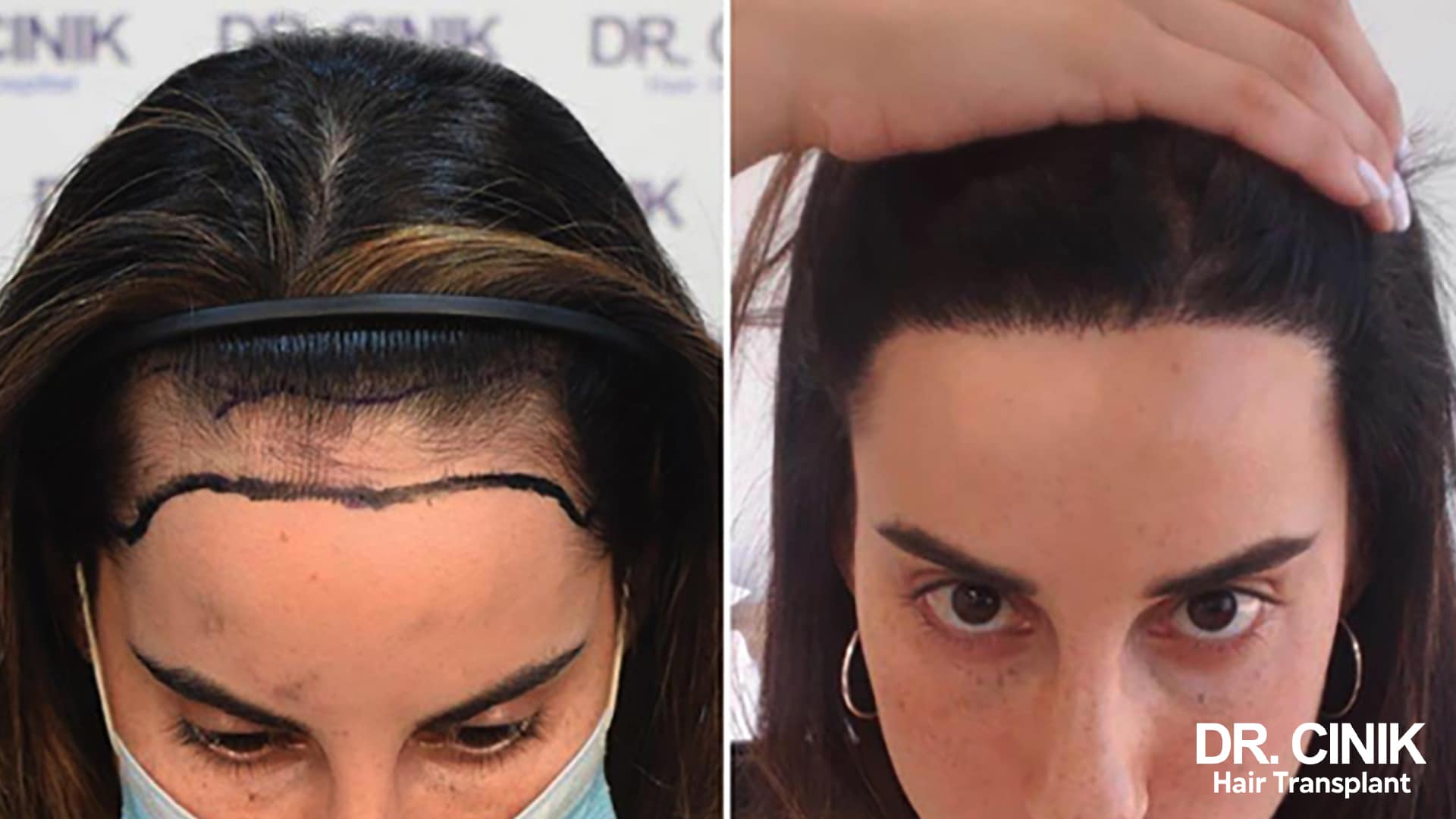Patchy Hair Loss: types, causes and treatments

Sommaire
What is patchy hair loss?
Hair loss, or alopecia, denotes the partial or total loss of hair, which can be temporary or permanent. When the loss is localised, it results in bald patches in specific areas of the scalp rather than a diffuse pattern across the whole head. The causes of this patchy hair loss are varied, and the regions of the scalp impacted can vary depending on the specific type of alopecia.
What are the different types of patchy hair loss, and who is affected?
Patchy hair loss can affect both men and women (and sometimes children). There are different types with different causes and consequences.

Scarring alopecia
Scarring alopecia, a relatively uncommon form of hair loss, is a chronic condition resulting from scalp inflammation or irreversible damage to the hair follicles. Various factors can cause the destruction of hair follicles: it might be accidental, psychogenic (such as excessive scalp scratching), congenital, infectious, or autoimmune.

Alopecia areata
Alopecia areata is characterised by hair loss in small patches. It is an autoimmune condition that can affect people of all ages. It progresses differently in each case, and the hair usually grows back after 6 to 12 months.

Traction alopecia
Traction alopecia occurs in people who habitually style their hair too tightly and pull on the scalp. This excessive and repeated pulling eventually leads to hair loss, often localised around the forehead, temples and around the ears.

Hair loss due to scalp infections
Some fungi such as ringworm, for example, can cause an infection of the scalp and lead to localised hair loss.
The different causes of localised hair loss: when the hair’s life cycle is disturbed

Genetic factors
Hormonal and genetic factors cause androgenetic alopecia. It mainly affects men, but women can also be affected, although this is much more rare. It is located on specific areas of the skull (top of the head, forehead, temples…) and evolves inexorably over the years.

Environmental factors
These include stress, smoking, pollution, poor diet, sunlight, repeated rubbing, pulling from certain hairstyles, and certain medications and cosmetics.

Autoimmune factors
Some autoimmune diseases can cause hair loss. These include lupus, Hashimoto’s disease, Graves’ disease, psoriasis and Crohn’s disease.
What treatments are available for localised alopecia?
In the event of unusual hair loss, it is advisable to seek advice. Several treatments are possible and the sooner they are implemented, the more likely they are to be successful.

Hair medicine
Hair medicine offers several treatments for alopecia. These include hair stimulation by light therapy (laser hair mesotherapy) or by injection of PRP or nutrient factors from mesenchymal stem cells (Regenera Activa). These treatments can be reinforced by taking certain food supplements.


Hair transplantation
Hair transplant procedures may be an effective treatment for specific types of patchy hair loss, such as traction alopecia or scarring alopecia. However, they may not be suitable for patchy hair loss resulting from autoimmune diseases. It’s worth noting that these treatments are typically not covered by the NHS in the UK. Opting for a hair transplant in Turkey with Dr. Cinik could significantly reduce the cost of the procedure while ensuring access to exceptional expertise and experience.


The FUE hair transplant method
FUE hair transplantation involves transplanting follicular units from a donor area to a recipient area. This method is painless, as it is performed under local anaesthetic. It gives a very natural result.

The DHI hair transplant method
In a DHI hair transplant, the hair follicles are extracted one by one and implanted with a CHOI implant pen in the area of the localised alopecia, respecting the orientation and density of the patient’s hair implantation. The result is completely undetectable, and this method is the most suitable for cases of eligible localised alopecia.





 en
en



